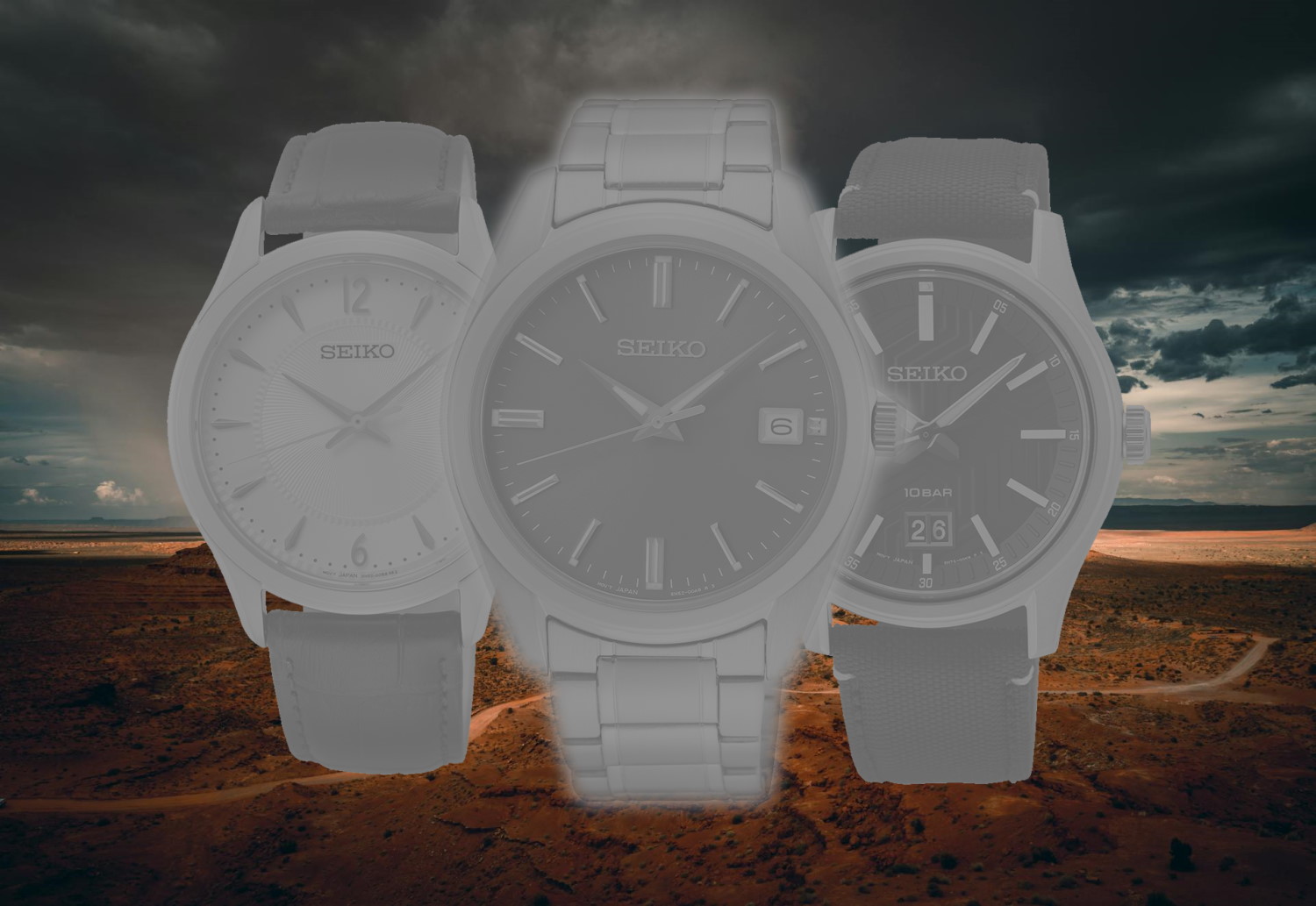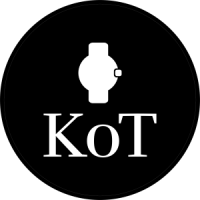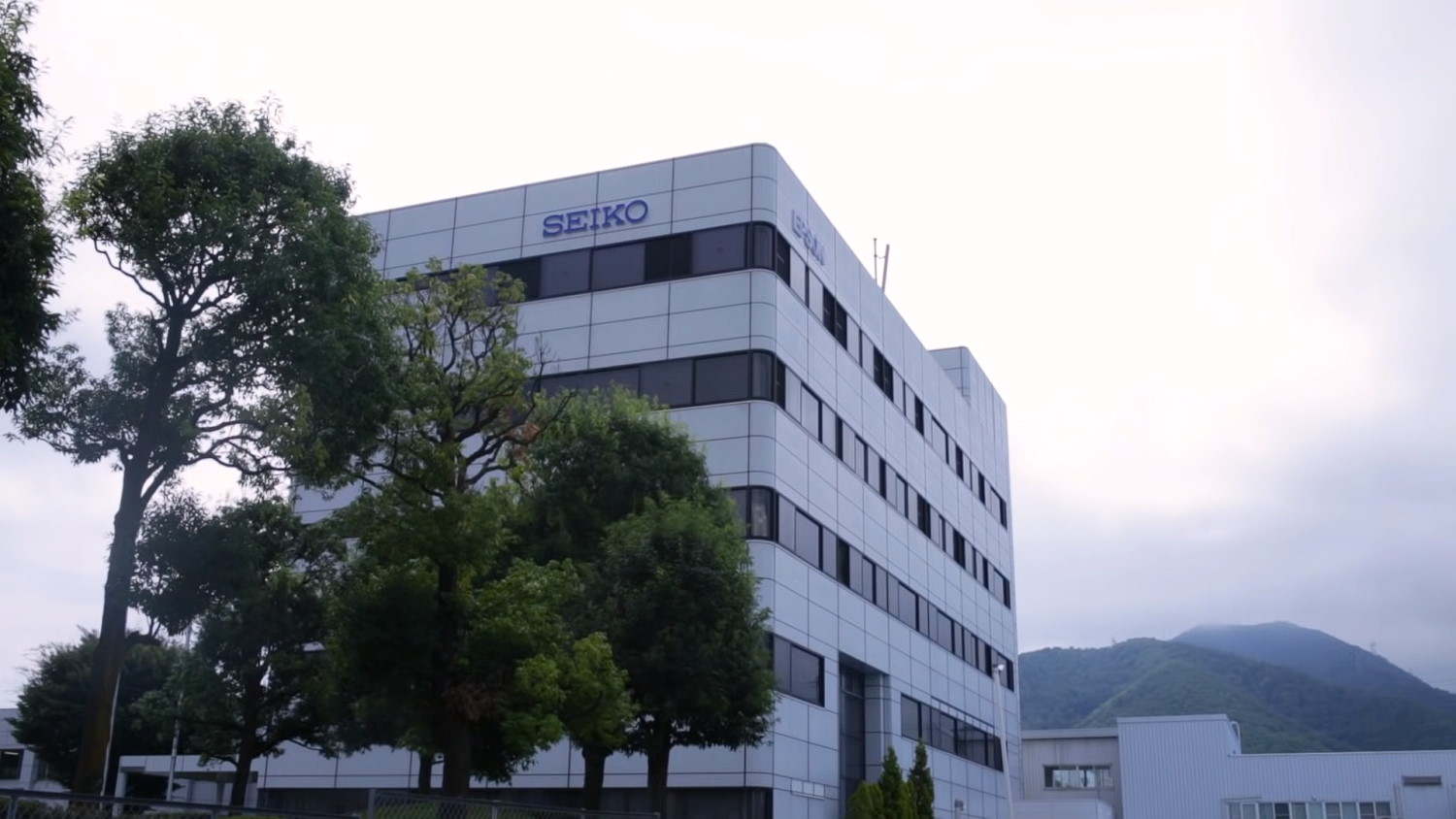Seiko, a name synonymous with precision, craftsmanship, and innovation, has been a stalwart in the world of watchmaking for decades. As watch enthusiasts and novices alike marvel at the intricate design and technological marvels of Seiko timepieces, there’s a growing curiosity about the origins of these remarkable watches. In this blog post, we embark on a journey to uncover the manufacturing locations of Seiko watches, delving into the heart of the brand’s legacy and its global presence.
International Manufacturing Facilities
Seiko’s influence extends far beyond the borders of Japan, its country of origin. With a global footprint, Seiko has strategically established manufacturing facilities in key locations worldwide. According to Seiko’s official documentation, the brand has factories in various countries, including but not limited to Japan, China, Malaysia, Thailand, and Singapore. This is where Seiko watches are made. Each of these locations plays a crucial role in Seiko’s commitment to delivering quality timepieces to a diverse and widespread customer base.
Japan
Japan holds a special place in Seiko’s history, serving as the birthplace of the brand. The intricate craftsmanship and dedication to innovation ingrained in Japanese culture are reflected in every Seiko watch. The Shizukuishi Watch Studio, located in the northern part of Japan, is one of Seiko’s flagship factories, producing high-end mechanical watches, including the renowned Grand Seiko series.
Morioka Seiko Instruments
In the Morioka Seiko Instruments factory, skilled watchmakers are engaged in the meticulous creation of Seiko’s high-end mechanical watches. This includes the assembly of intricate movements, particularly for the esteemed Credor Caliber 68 and the prestigious Grand Seiko line. The artisans at Morioka Seiko Instruments take pride in their work, focusing on precision craftsmanship throughout the production process. They meticulously assemble and fine-tune the delicate components that form the inner workings of Seiko’s mechanical watches, ensuring each timepiece meets the brand’s exacting standards.
Seiko Epson Corporation
Where is Seiko made? It’s made here, in the Seiko Epson Corporation facility, situated a few hours west of Tokyo in the city of Shiojiri within the Nagano Prefecture, which is a remarkable hub for watch production. Unlike Morioka Seiko Instruments, which is known for its high-end pieces, Seiko Epson Corporation stands out for its diverse range of watches, all crafted under one roof.
In this facility, a variety of movements come to life each day. A total of 50 9F quartz movements and eight hybrid quartz/mechanical Spring Drive movements are assembled daily. The range of watchmaking expertise extends to the Micro Artist Studio, where the meticulous craftsmanship of the Credor Eichi II and the enchanting chime of the Credor Spring Drive Sonnerie are perfected. This studio, inaugurated in 2000, is where the intricate details of Seiko’s masterpieces are carefully crafted. Astron GPS Solar also get birth here, in Seiko Epson Corporation.
Malaysia
Seiko’s facilities in Malaysia comprise two significant manufacturing plants: the Larkin Plant and the Tebrau Plant, both located in Johor Bahru, Johor. These two facilities in Malaysia play a vital role in Seiko’s global manufacturing strategy, contributing to the brand’s commitment to quality, precision, and innovation in the world of watchmaking. For the most accurate and current information, it is recommended to refer to Seiko’s official communications or contact Seiko directly.
Larkin Plant
The Larkin Plant, established in January 1990, is a vital part of Seiko’s manufacturing operations in Malaysia. Located in the Larkin Industrial Estate in Johor Bahru, Johor, this facility focuses on the manufacture of mechanical watch movements and components. With a workforce of 682 as of September 2018, the activities at the Larkin Plant include the meticulous assembly and subassembly of watch components and movements. This facility plays a key role in ensuring the precision and quality that Seiko timepieces are renowned for.
Tebrau Plant
The Tebrau Plant, inaugurated in April 2001 and situated in the Tebrau IV Industrial Estate in Johor Bahru, Johor, is another significant manufacturing hub for Seiko in Malaysia. With 647 employees as of September 2018, the Tebrau Plant specializes in the production of mechanical watch components and roller dies. The manufacturing processes include auto lathe machining, gear cutting, base plate/bridges machining, and press blanking. Additionally, the Tebrau Plant is involved in the production of analogue watch components and cutting tools such as tool bits, single cutter, fraise, twist drills, and endmills. The facility employs advanced technologies like auto-lathe machining, chain tact washing, and cam manufacturing to contribute to Seiko’s diverse and high-quality watch offerings.
Singapore
Seiko Manufacturing (Singapore) Pte. Ltd., formerly known as Singapore Time Pte Ltd, was established on September 12, 1973, making it the first overseas subsidiary of Seiko Instruments Inc., Japan. Initially focused on fully integrated watch manufacturing, the company handled all processes from raw materials to finished products. While the initial focus was on assembling ladies’ watches, children’s watches, and stopwatches, the industry’s evolution prompted an emphasis on sophistication. This division is responsible for the sub-assembly and assembly of both mechanical and quartz watch movements. Additionally, it involves various supporting activities such as metal machining, surface treatment, injection molding, machine maintenance, and the design of tools & jigs.
The other focus is enhancing research efficiency by leveraging global R&D resources. The division actively acquires new technology through a process known as technology fusion. It also engages in surveying and planning new themes, bringing in diverse perspectives, particularly from Japan. Furthermore, the division is dedicated to acquiring and nurturing global talents in the pursuit of innovation and advancement.
Thailand
Based in Bangkok. Seiko Precision is a division of Seiko Instruments Inc., and it’s involved in the manufacturing of various precision instruments, including electronic components and devices. According to the plant documentation, their main focus is assembling rather than producing watch parts. Seiko produces Thailand limited edition watches like SKZ203 or SRPJ92 created in partnership with famous local graphic designer and street art artist Rukkit Sathapruana.
China
Seiko has established production facilities in prominent Chinese cities such as Guangzhou, Shenzhen, Shanghai, and Hong Kong. These facilities play a crucial role in the manufacturing process, focusing primarily on the production of watch cases and bracelets. The strategic placement of these facilities allows Seiko to leverage the manufacturing capabilities and expertise available in these key regions.
It’s noteworthy that certain Seiko models, particularly the more affordable ones like the SNZG15J1, may carry the “Made in Japan” label on some variants while lacking it on others. This discrepancy in labeling can be attributed to the diverse sourcing and assembly practices adopted by Seiko. Some watches within the same model range might have components produced or assembled in different locations.
For instance, while the SNZG15J1 may proudly bear the “Made in Japan” label, other variants of the same model may not feature this designation. This variation could arise from the global nature of Seiko’s production, where components from different facilities are assembled to meet the demand for specific models.
It’s important to note that the absence of the “Made in Japan” label on certain Seiko models doesn’t necessarily compromise the quality or craftsmanship of the timepiece. Seiko maintains stringent quality control measures across its global operations, ensuring that watches, regardless of the labeling, adhere to the brand’s standards of excellence.
Production Principles
As we delve into the current landscape of Seiko’s watch production, it’s essential to consider potential future developments. The watch industry, like many others, is subject to evolving trends, technological advancements, and changes in consumer preferences.

Related Post
Discover the top Seiko quartz watches made in Japan.
Recent data indicates a growing demand for sustainable and ethically produced goods, and Seiko’s proactive approach to these concerns positions the brand favorably in the eyes of environmentally conscious consumers. It will be interesting to see how Seiko continues to adapt to global trends while staying true to its core values of craftsmanship and innovation.
Craftsmanship and Quality Control
One of the key aspects that set Seiko apart in the watchmaking industry is its unwavering commitment to craftsmanship and quality. Each watch undergoes meticulous production processes and stringent quality control measures. The Japanese factories, in particular, adhere to traditional watchmaking techniques while integrating cutting-edge technology to ensure precision and accuracy.
Seiko places a high premium on quality control, and its international manufacturing facilities adhere to the same rigorous standards. This ensures that every Seiko watch, regardless of where it is produced, meets the brand’s exacting standards for durability, accuracy, and aesthetic appeal.
Globalization
The globalization of Seiko’s manufacturing processes has both advantages and challenges. On the positive side, it allows the brand to tap into the expertise and resources of different regions, contributing to the diversity of Seiko’s product range. However, this globalized approach also poses challenges, such as maintaining consistent quality across different locations and adapting to diverse market demands.
Seiko has successfully navigated these challenges by fostering a culture of collaboration and innovation. The brand leverages the strengths of each manufacturing facility, ensuring that the essence of Seiko’s craftsmanship remains intact while meeting the specific needs of different markets.
Environmental and Ethical Considerations
In an era where environmental sustainability and ethical practices are at the forefront of consumer concerns, Seiko has not been idle. The brand has taken steps to minimize its environmental impact and uphold ethical standards in its manufacturing processes.
Seiko’s commitment to sustainability is evident in its adoption of eco-friendly practices in its Japanese factories. These practices include energy-efficient technologies, waste reduction measures, and responsible sourcing of materials. Furthermore, Seiko has implemented ethical guidelines across all its manufacturing locations to ensure fair labor practices and responsible business conduct.
The Future of Seiko Watch Production
In conclusion, understanding where Seiko watches are made unveils a rich tapestry of craftsmanship, innovation, and global collaboration. From the heart of Japan to strategically positioned international manufacturing facilities, Seiko’s commitment to quality remains unwavering. As consumers, appreciating the brand’s dedication to sustainability and ethical practices adds a layer of significance to the ownership of a Seiko timepiece.
As we navigate the intricate world of watchmaking, Seiko stands out not only for its remarkable watches but also for the harmonious blend of tradition and modernity that defines its manufacturing processes. So, the next time you glance at your Seiko watch, know that it carries not just the precision of Japanese craftsmanship but also the collaborative spirit of a brand that spans the globe.


Leave a Reply